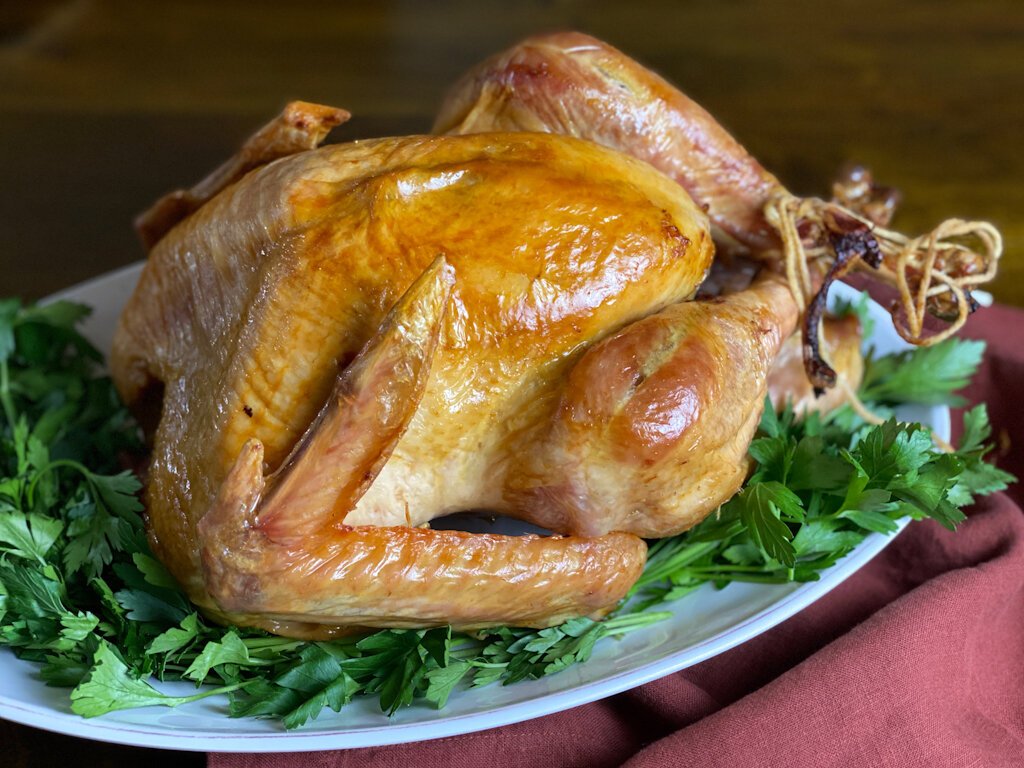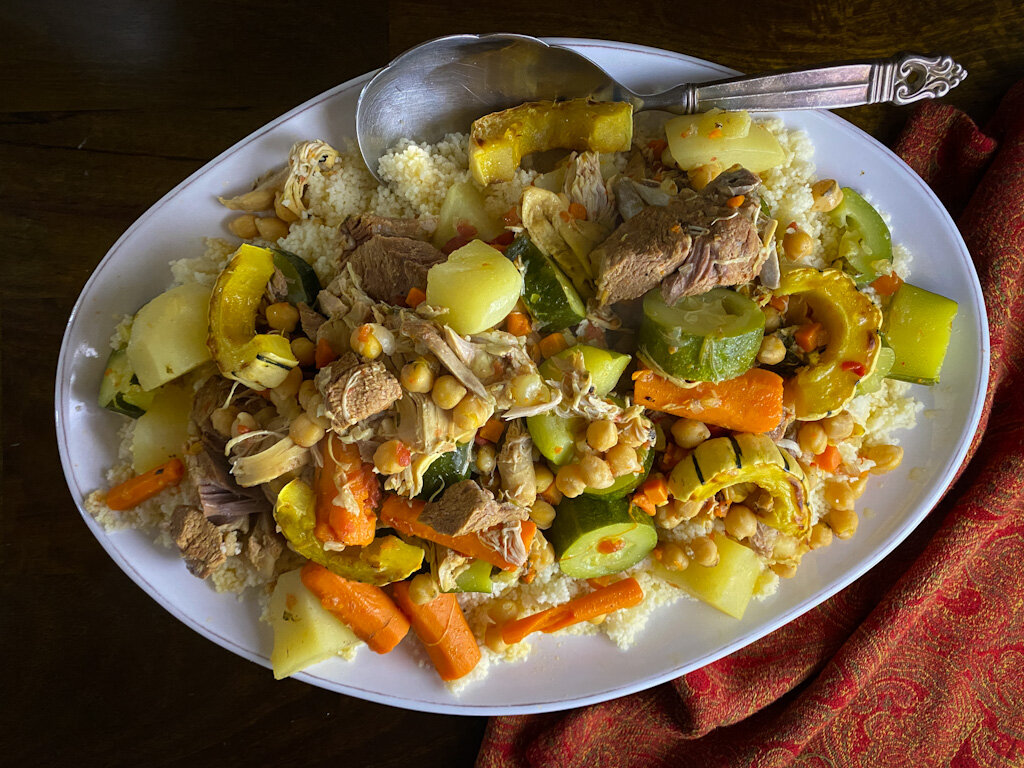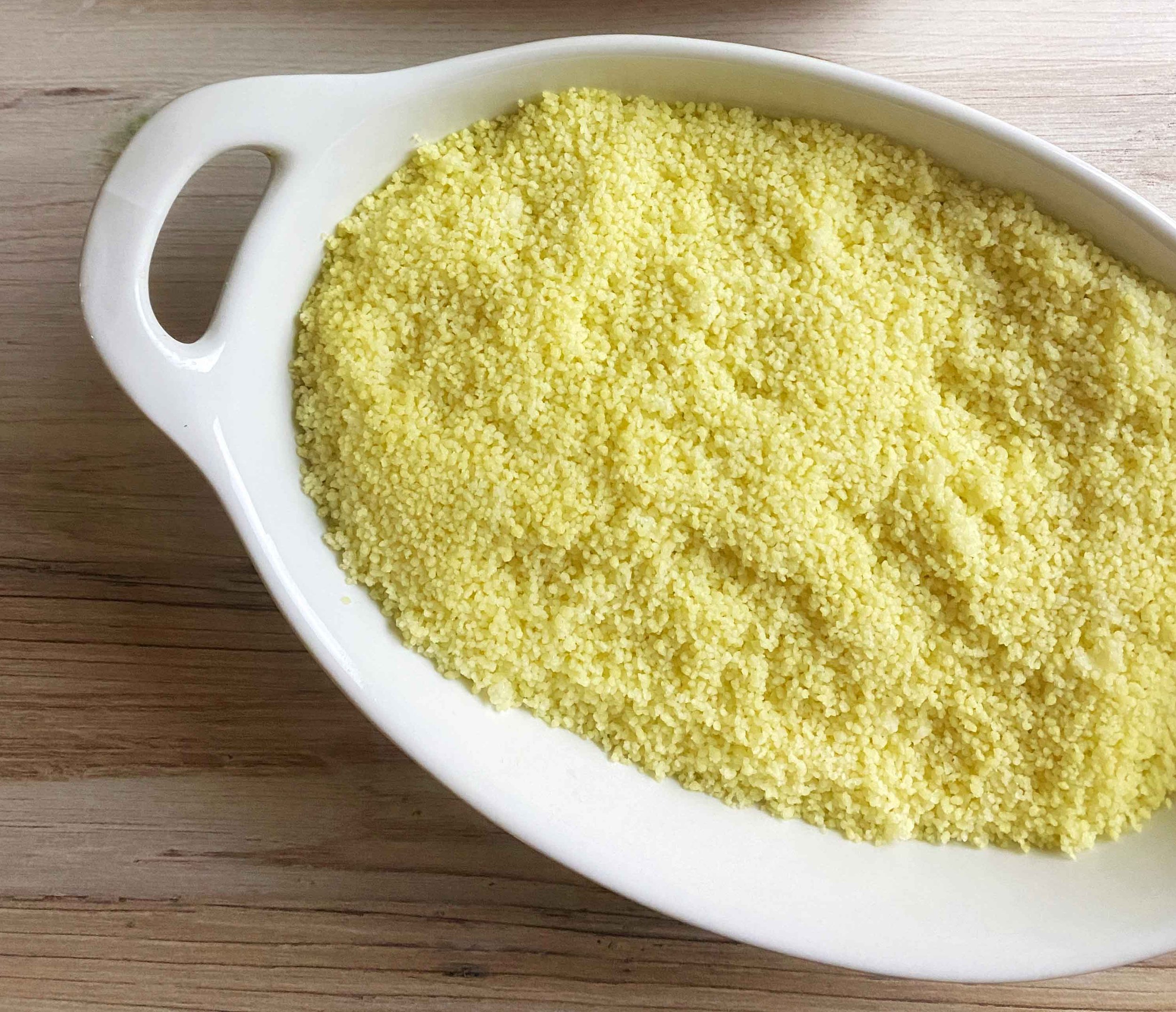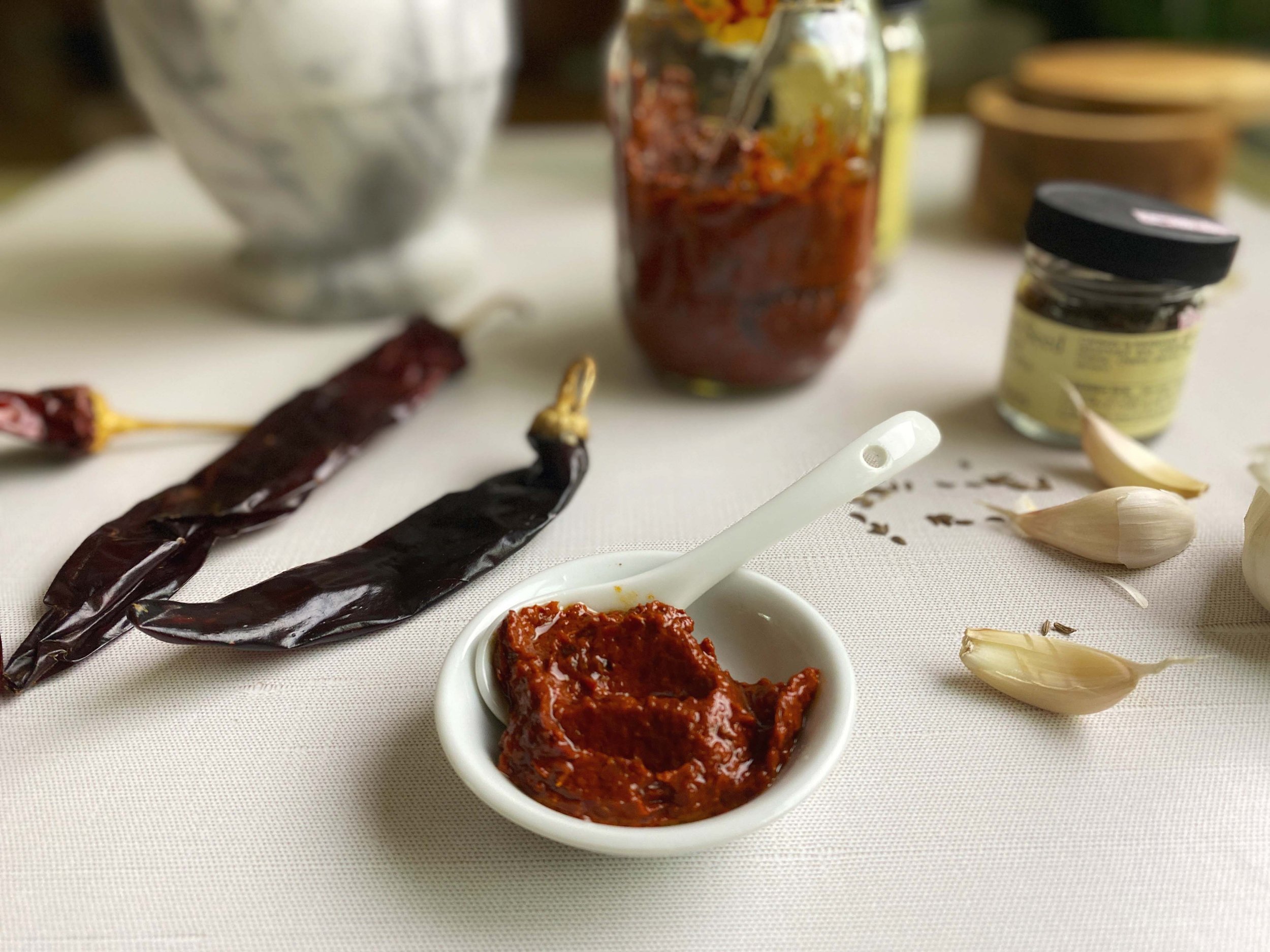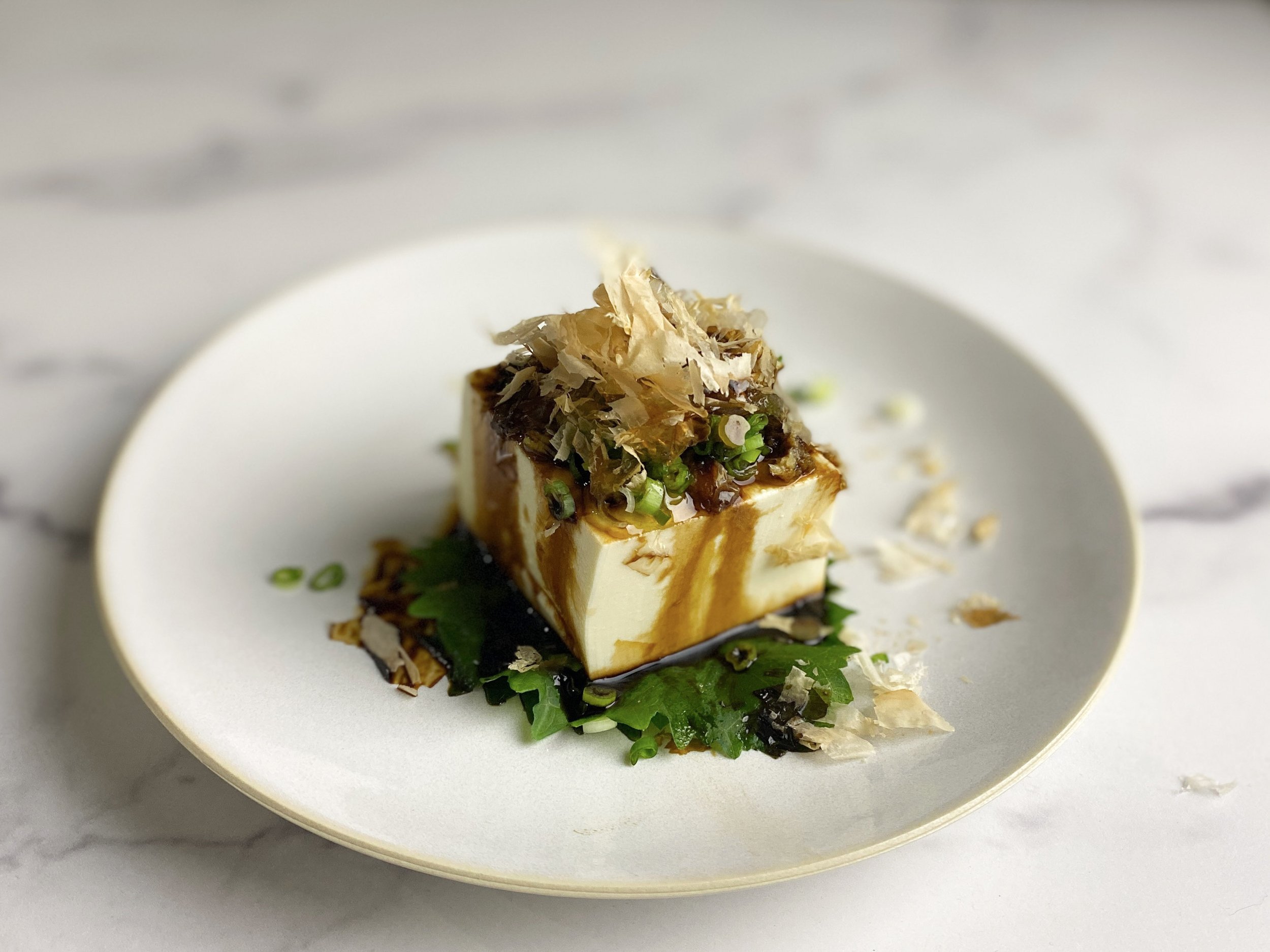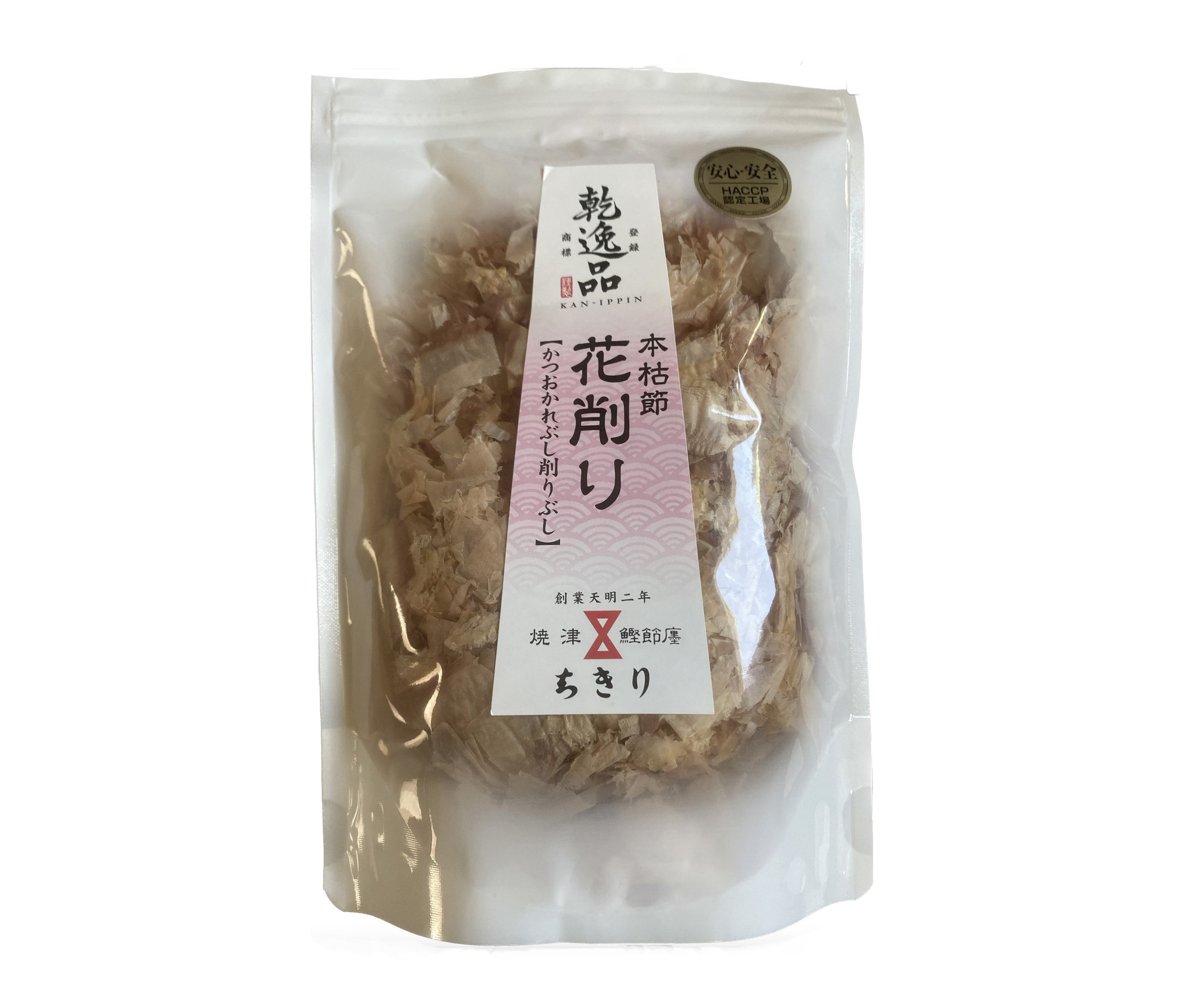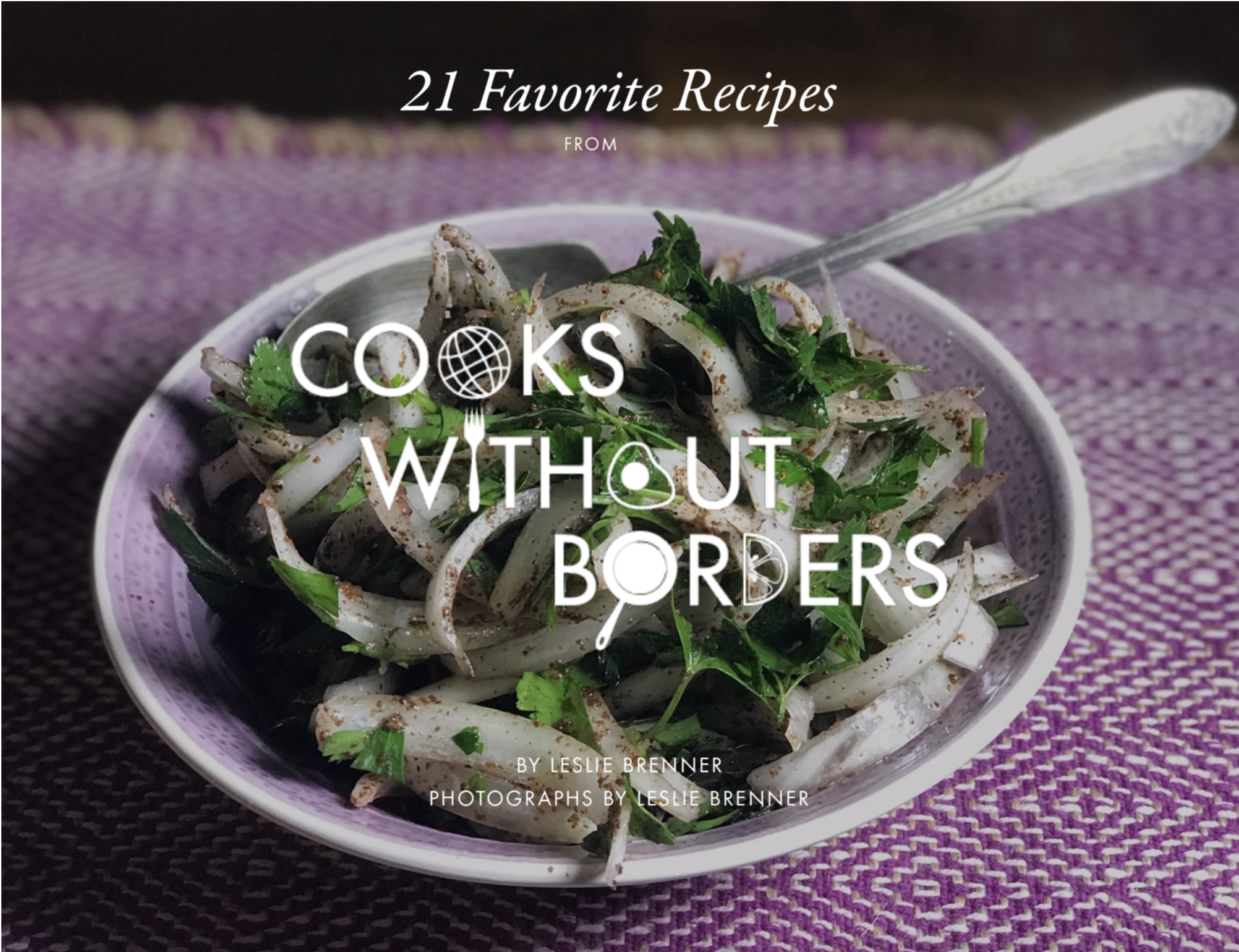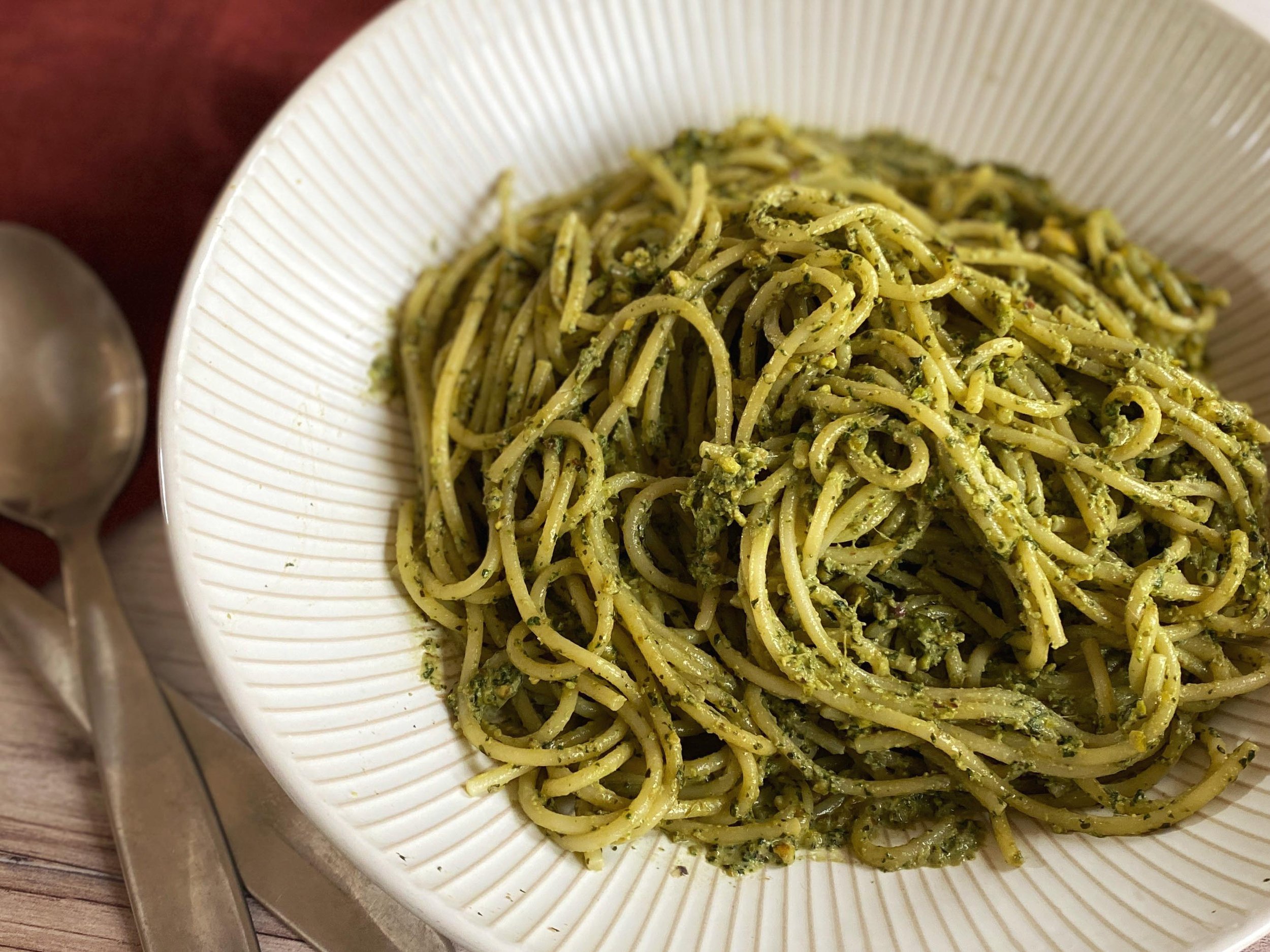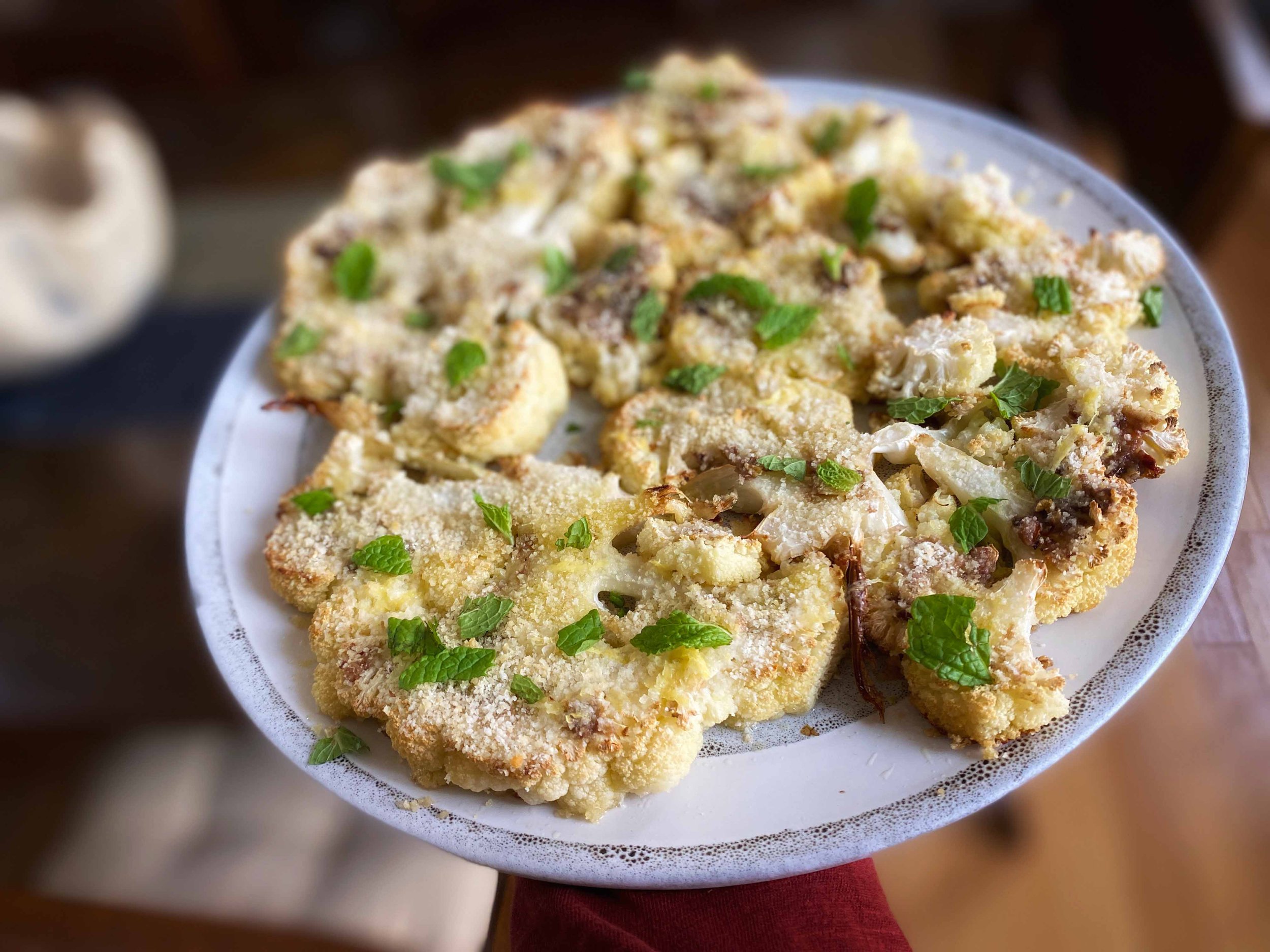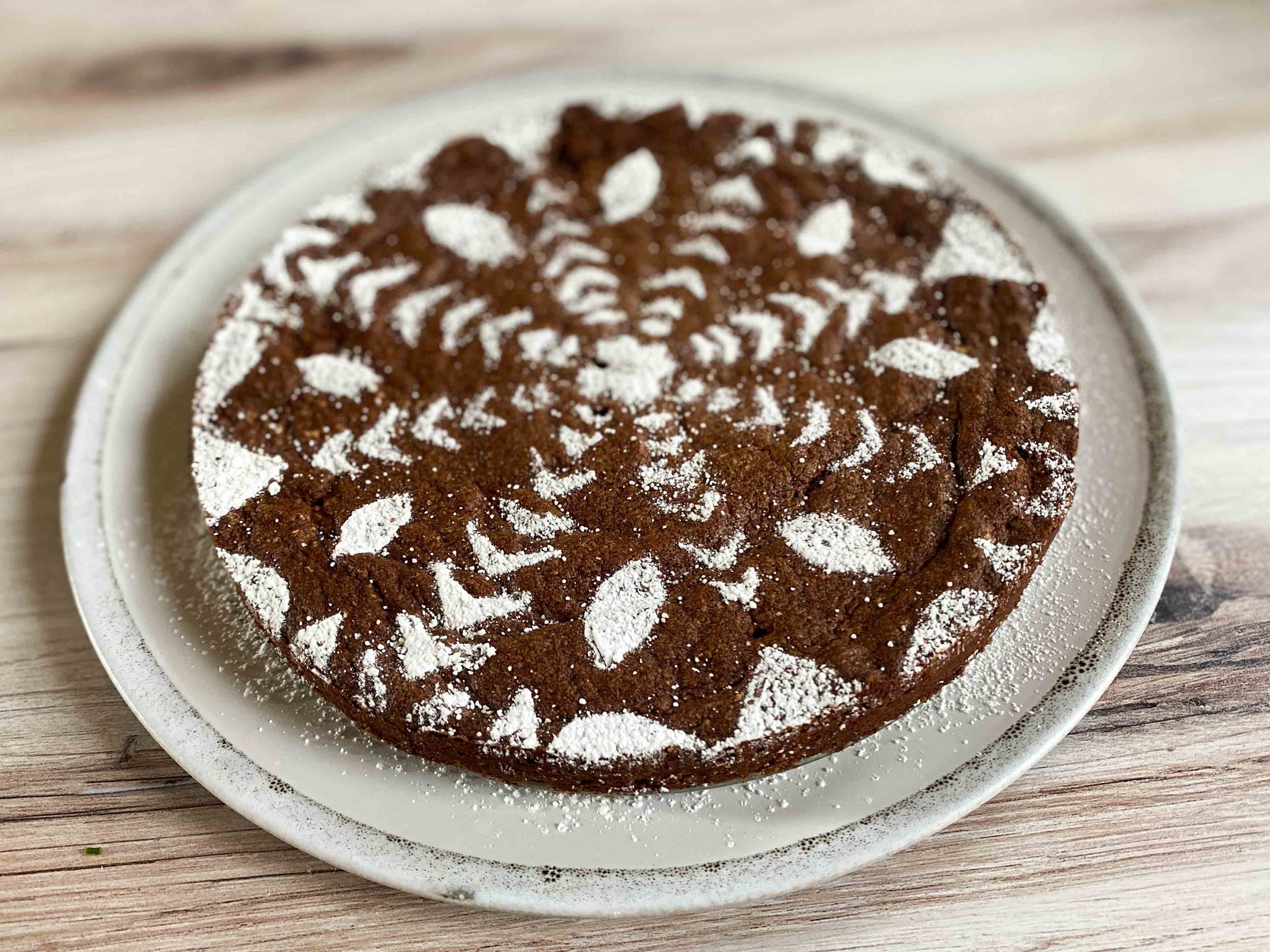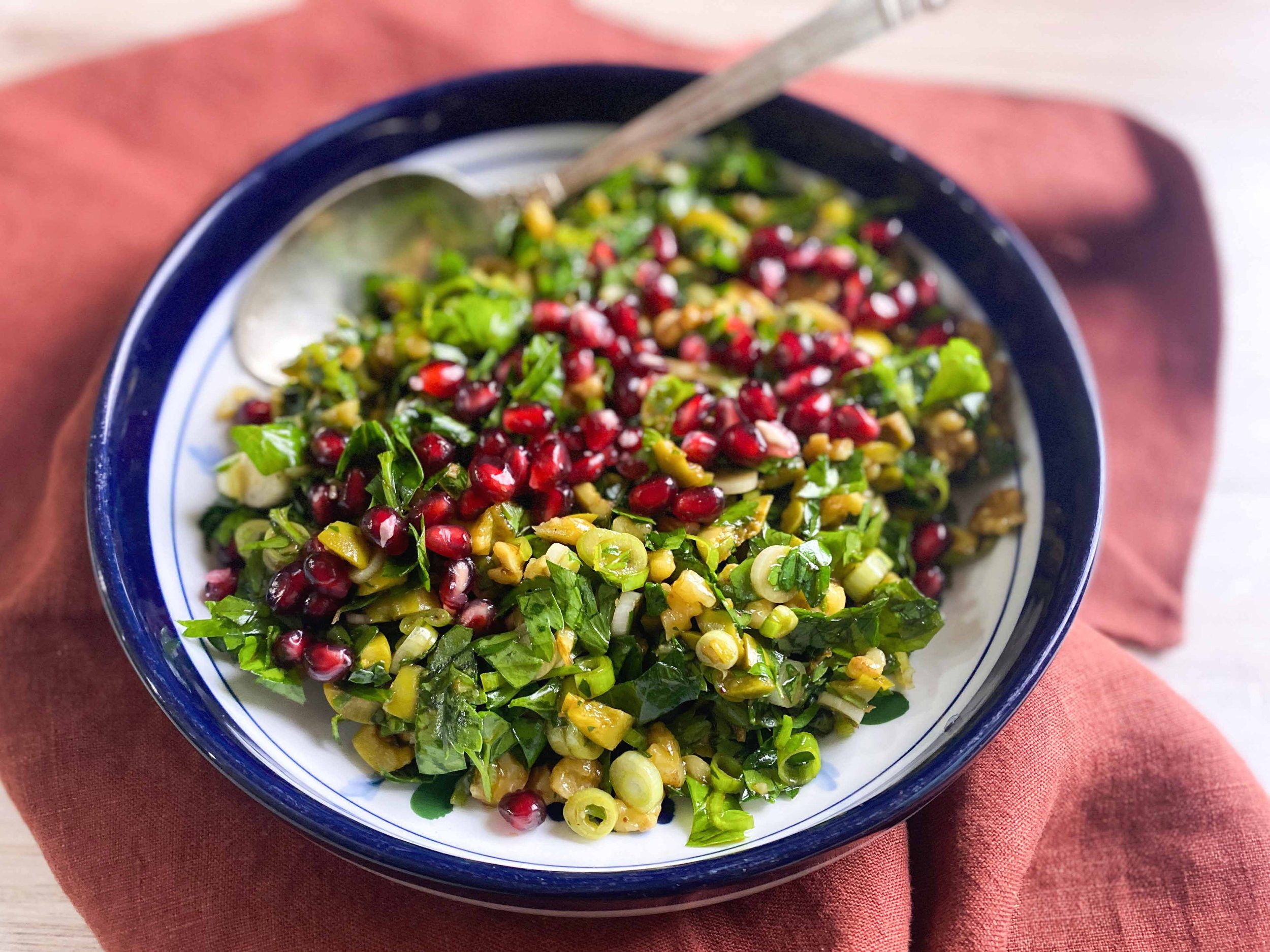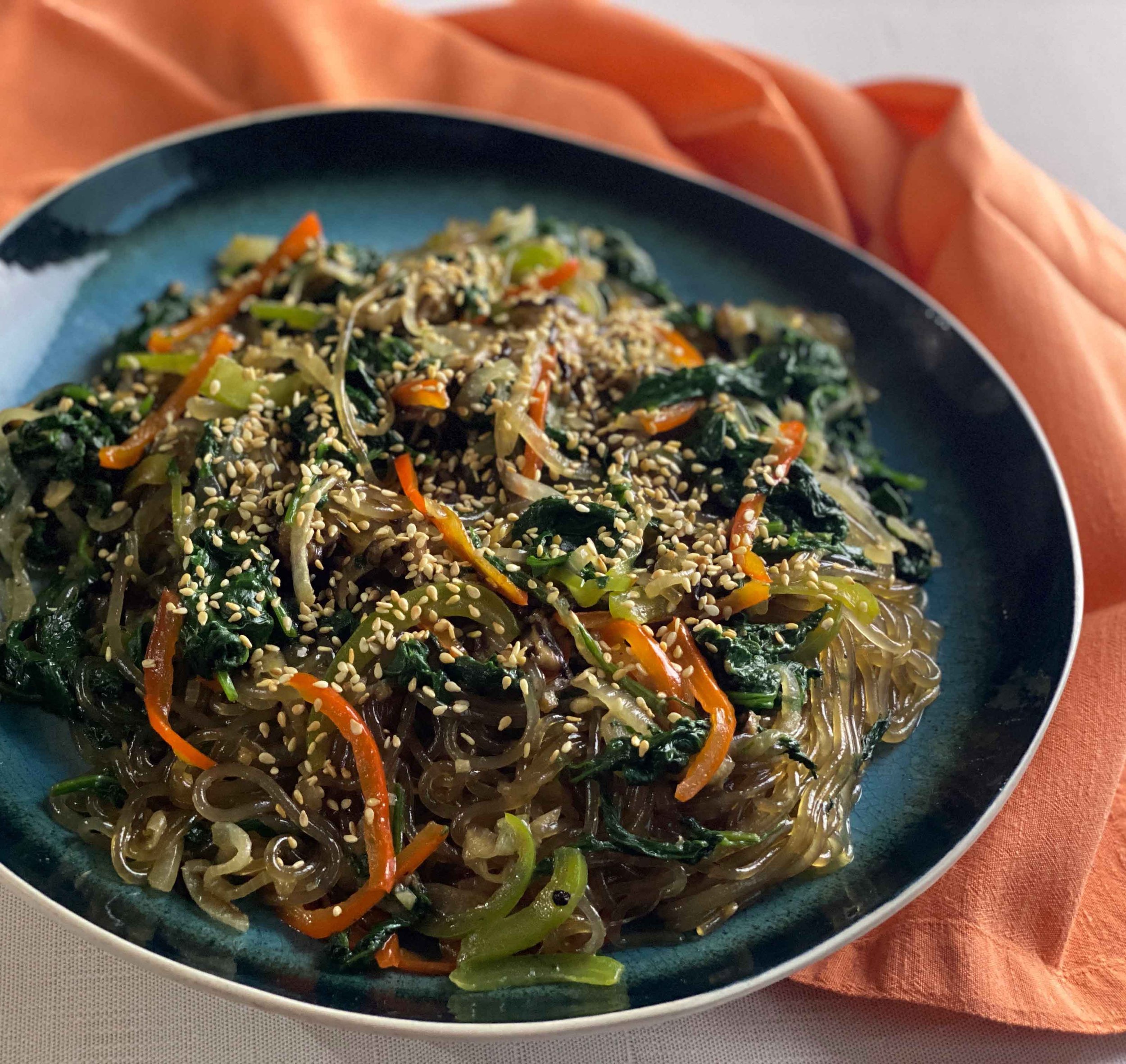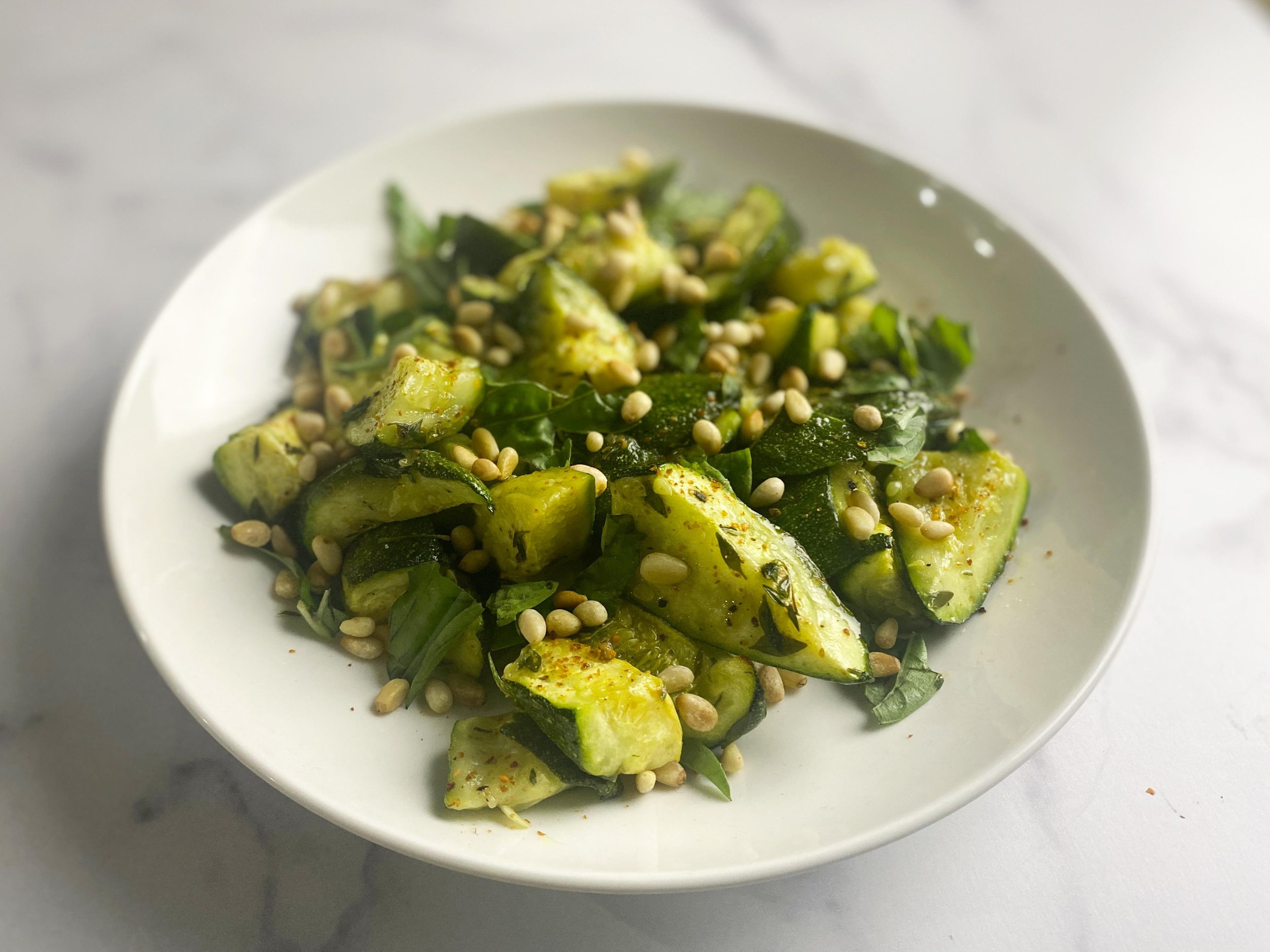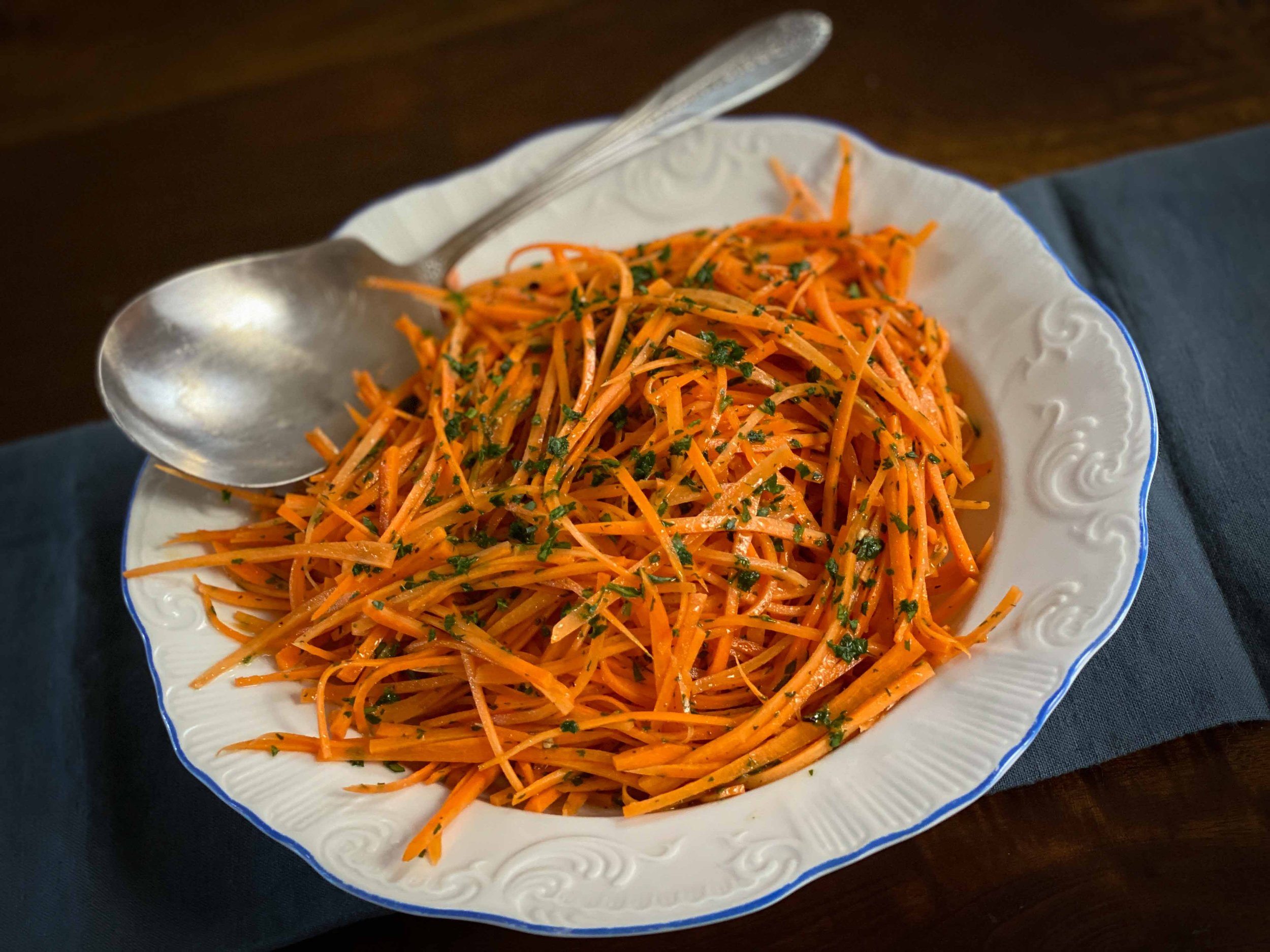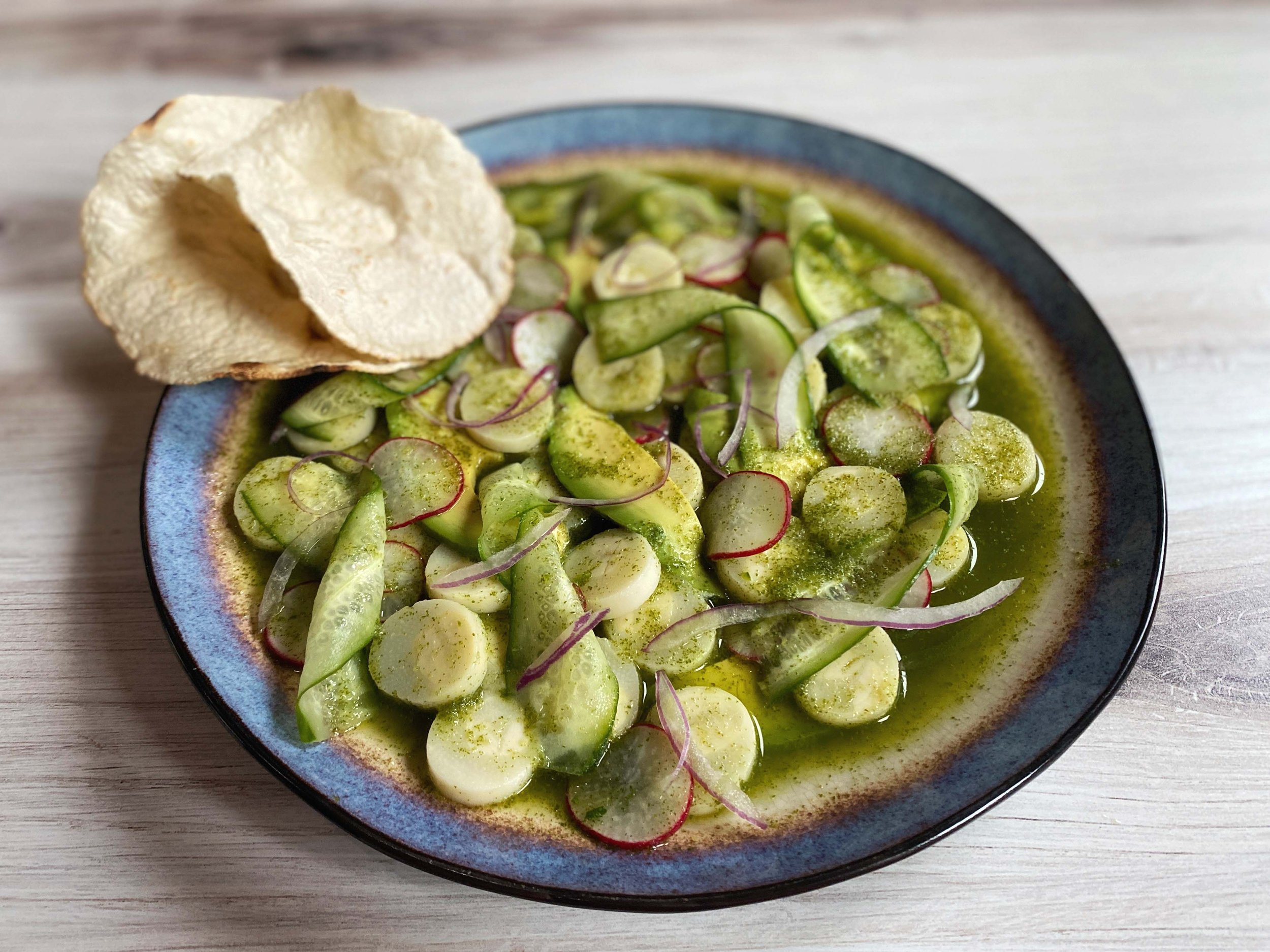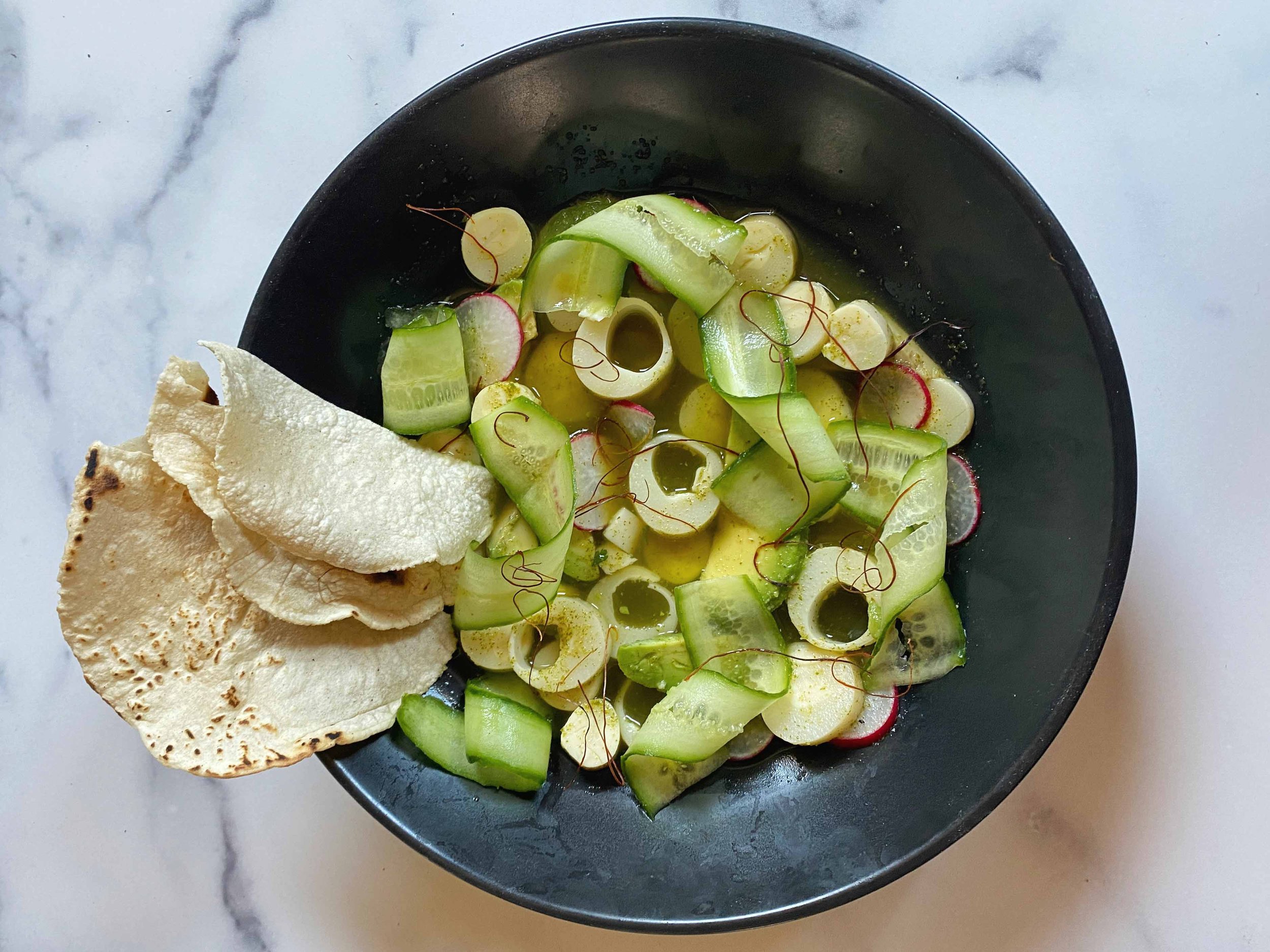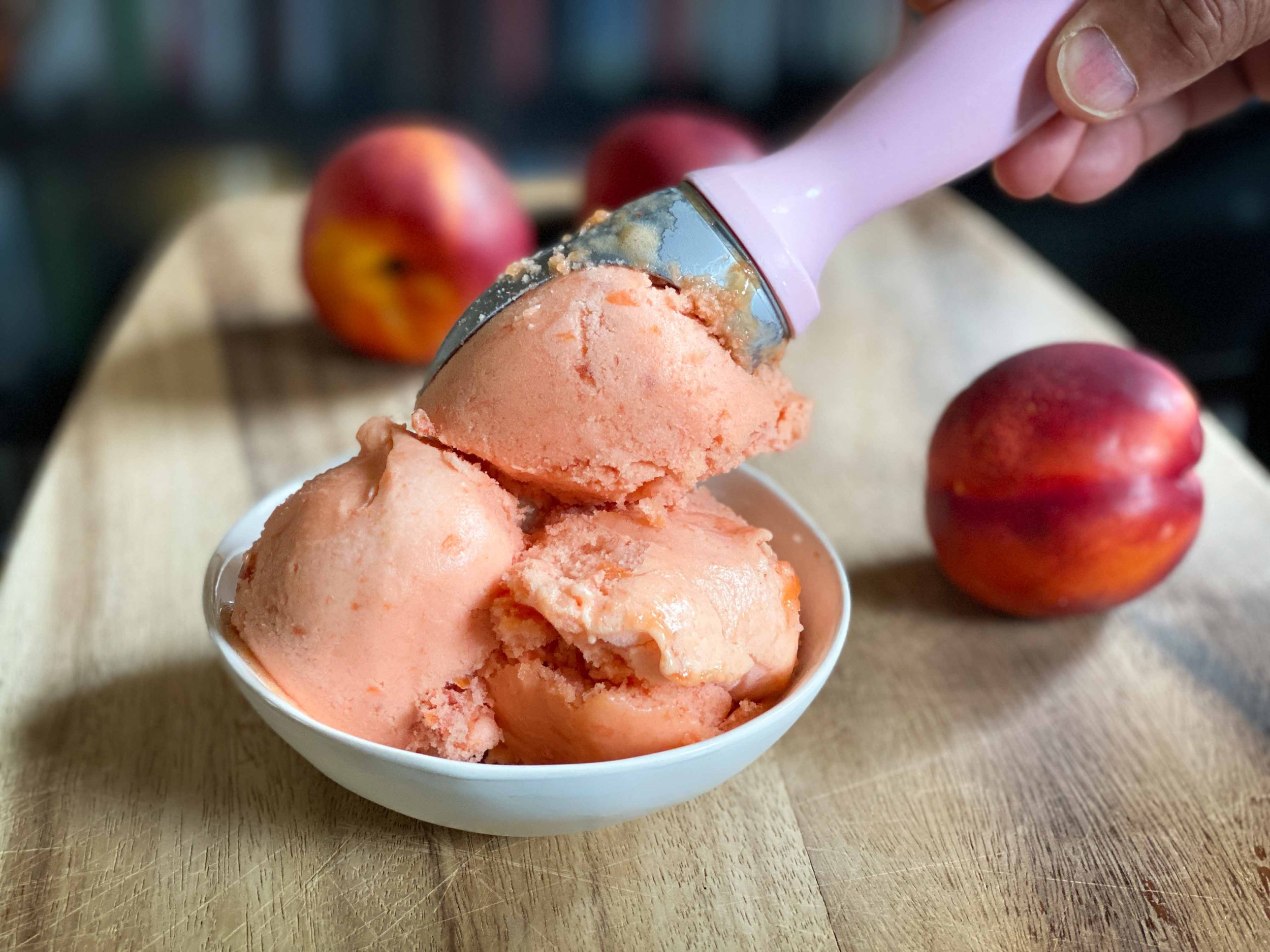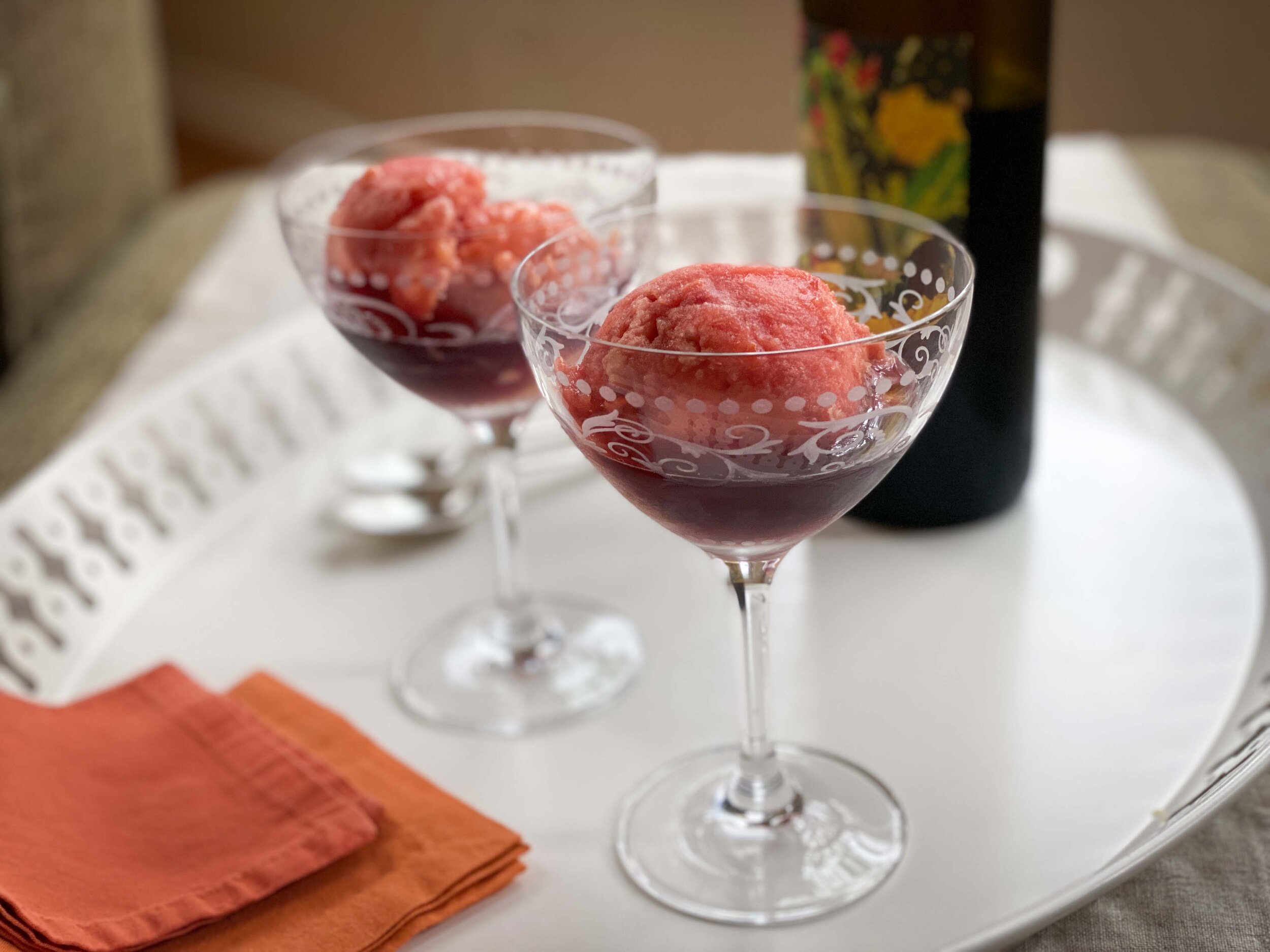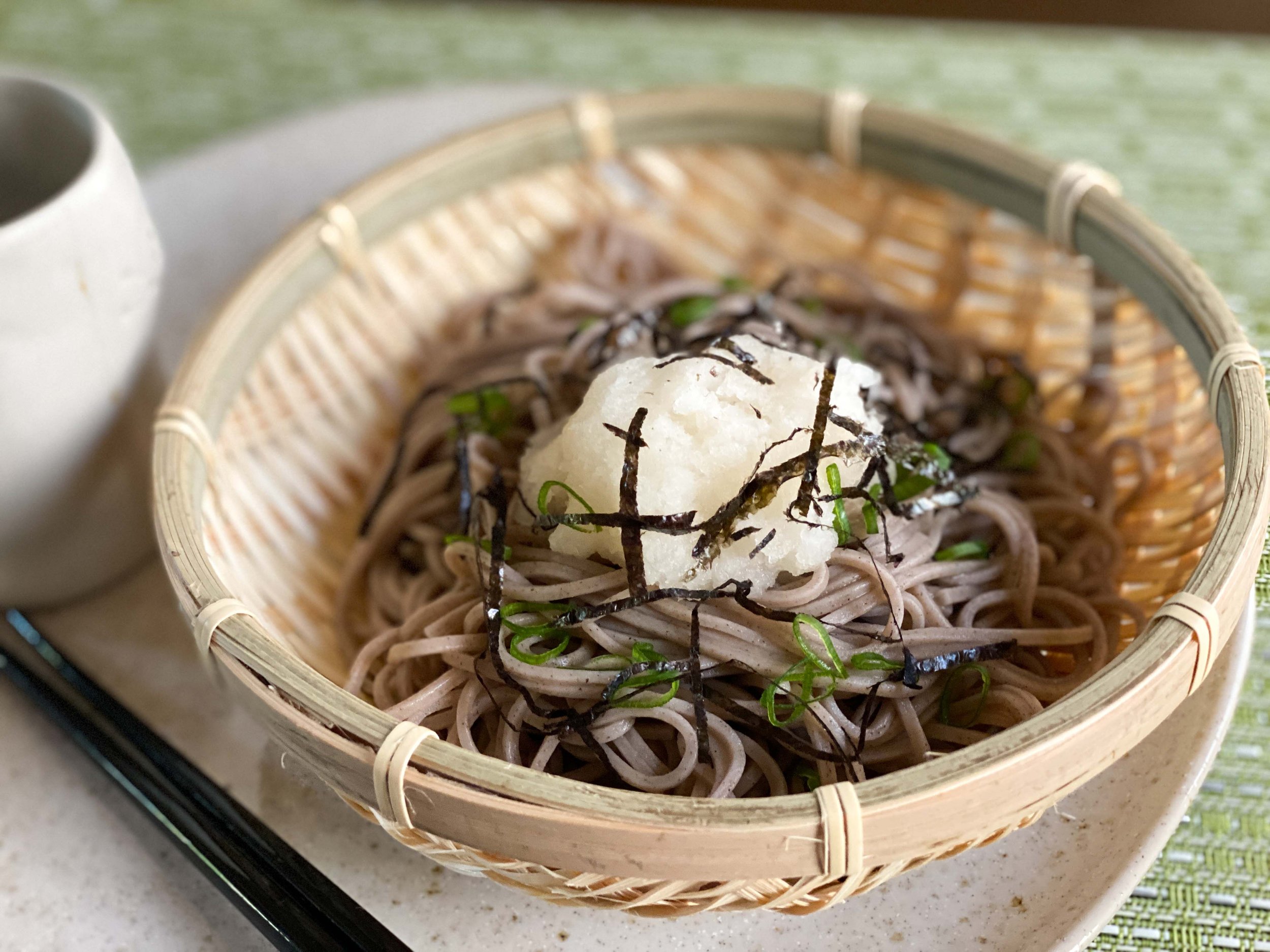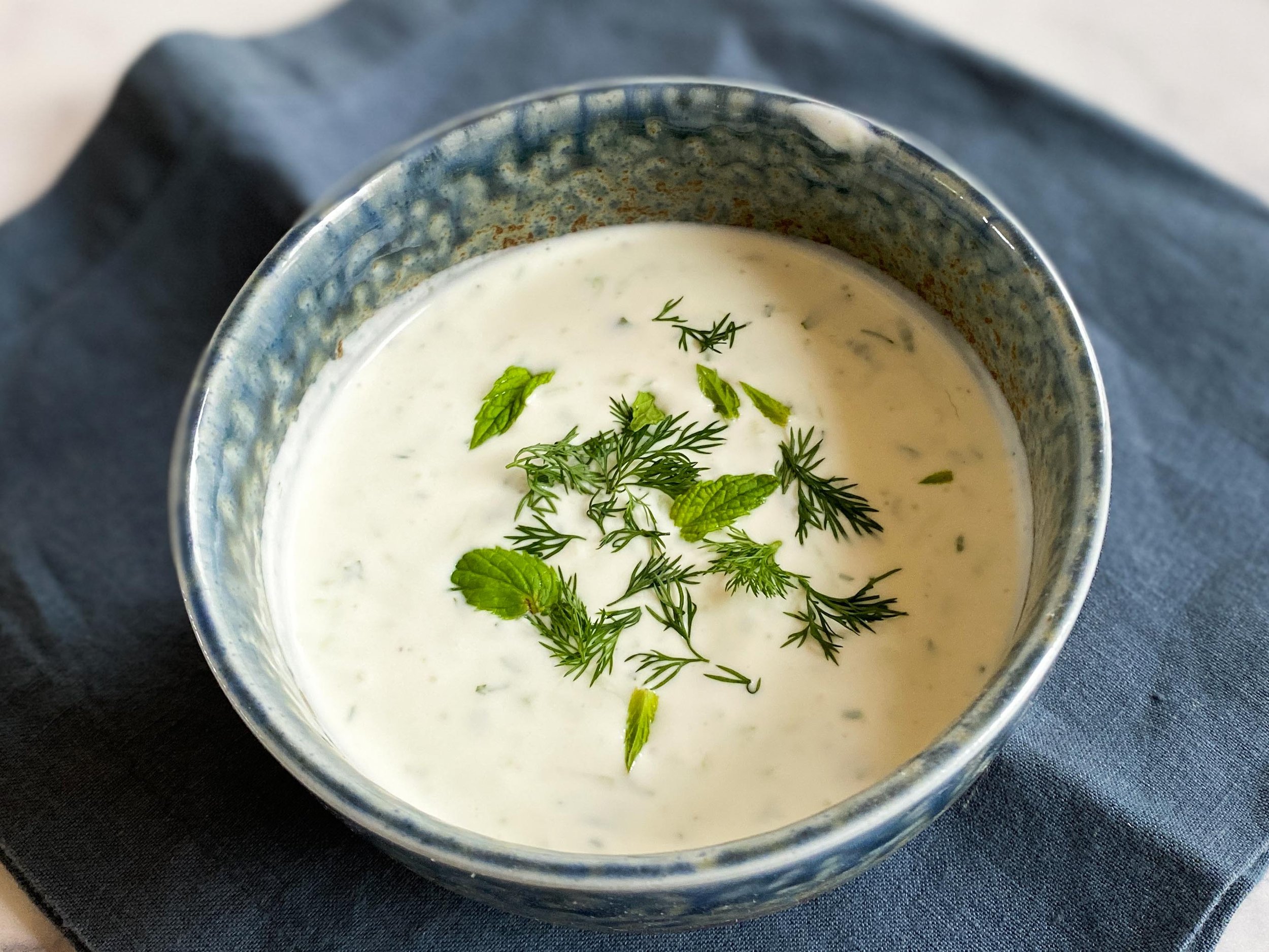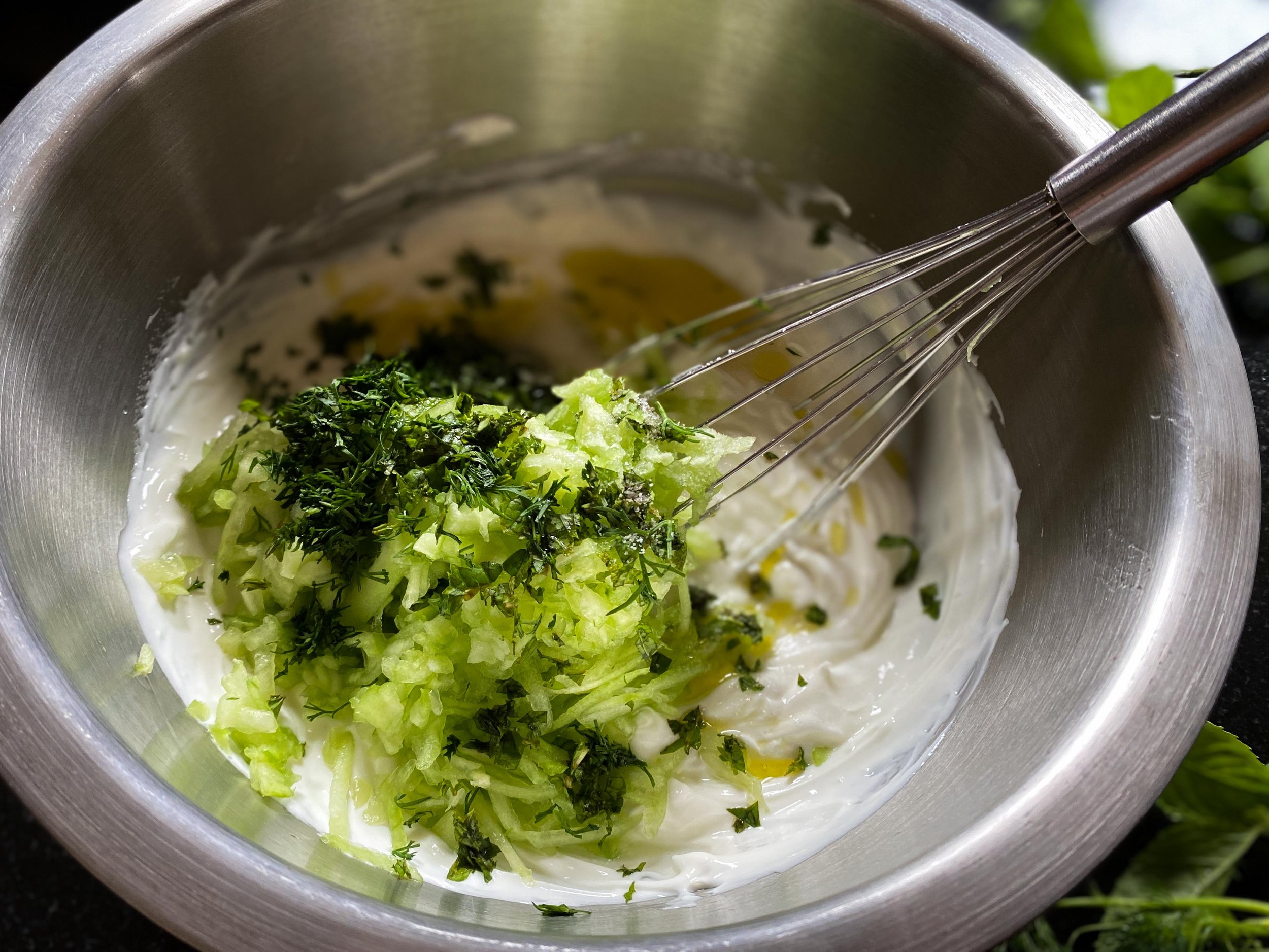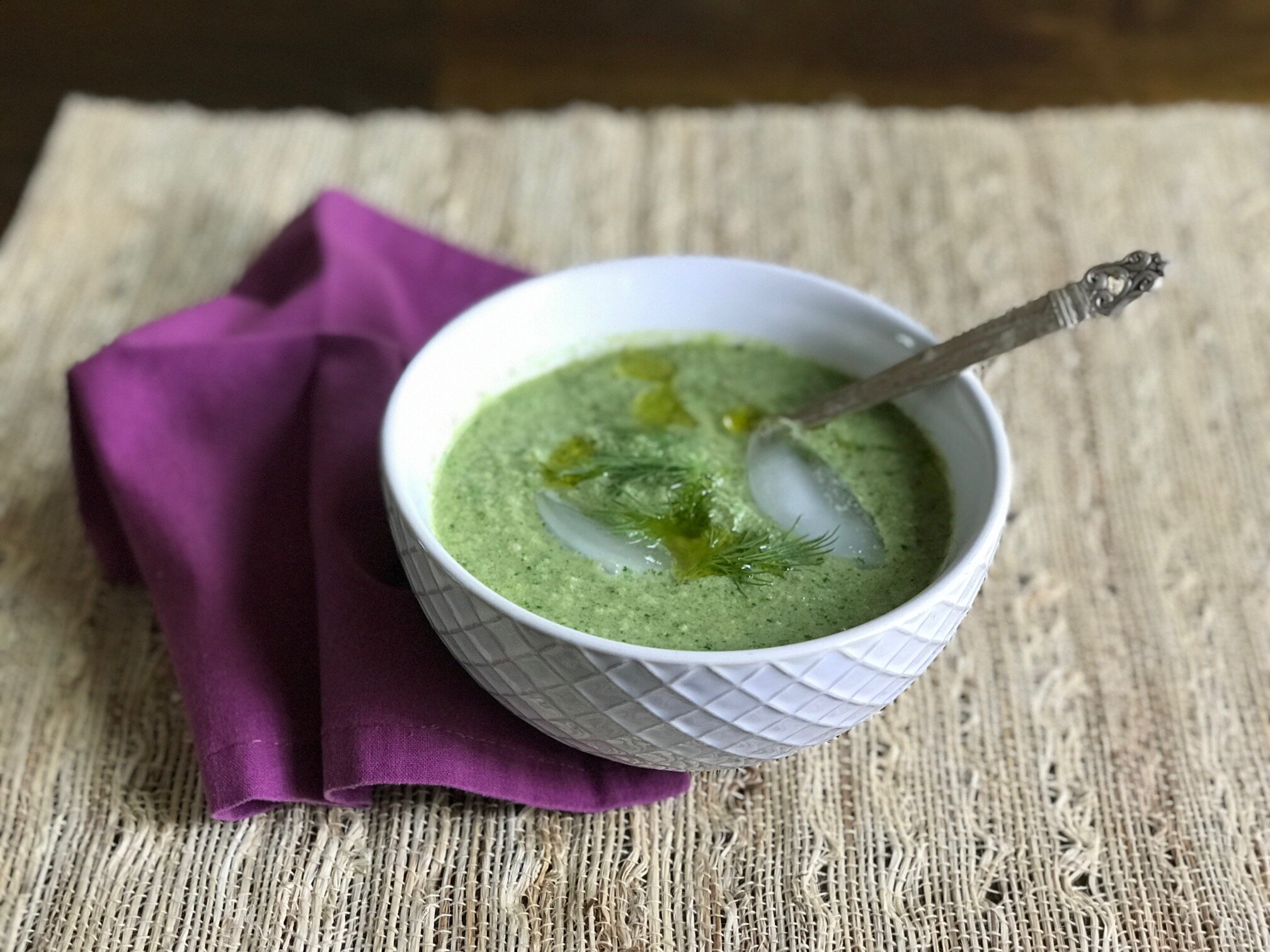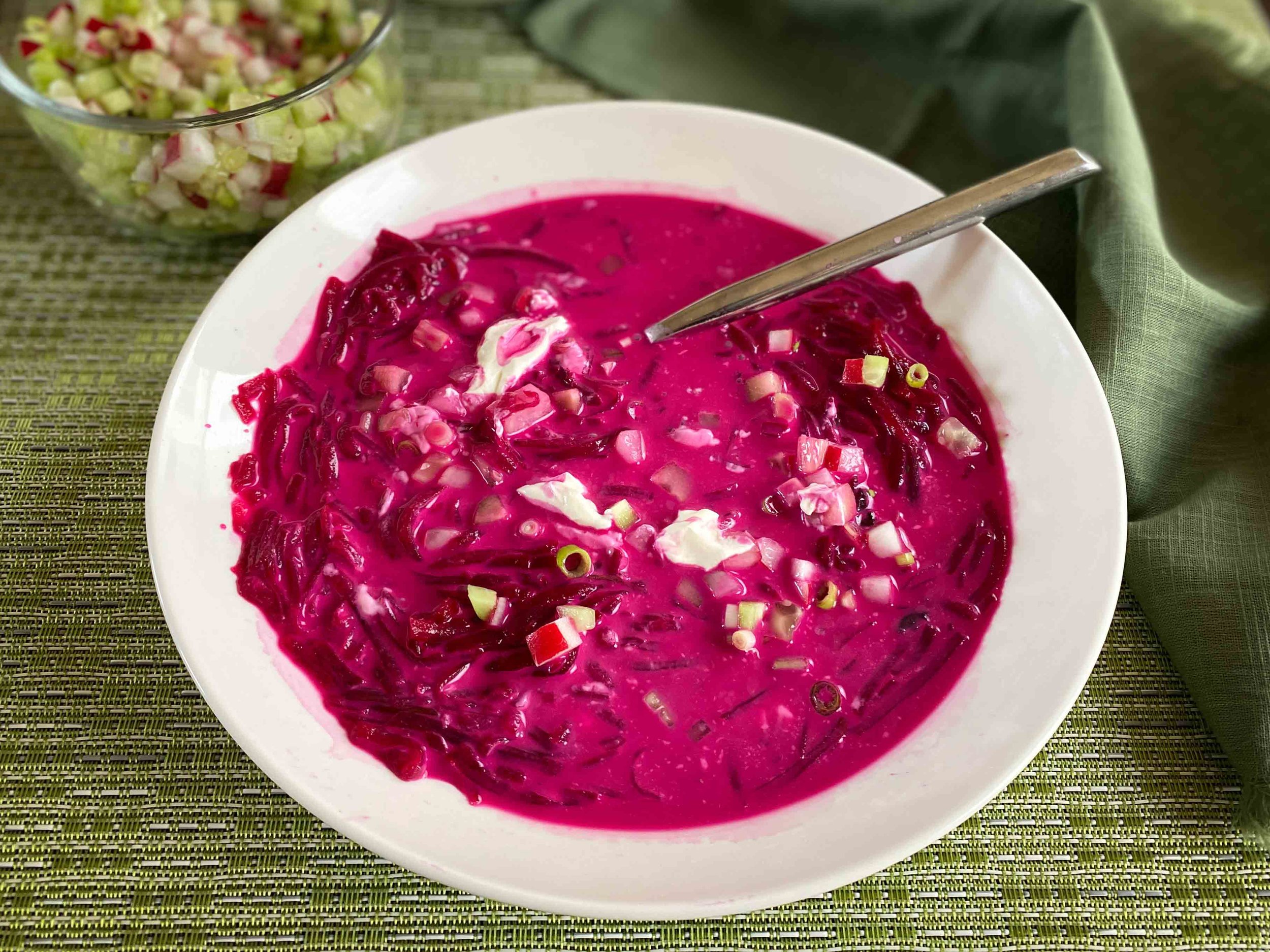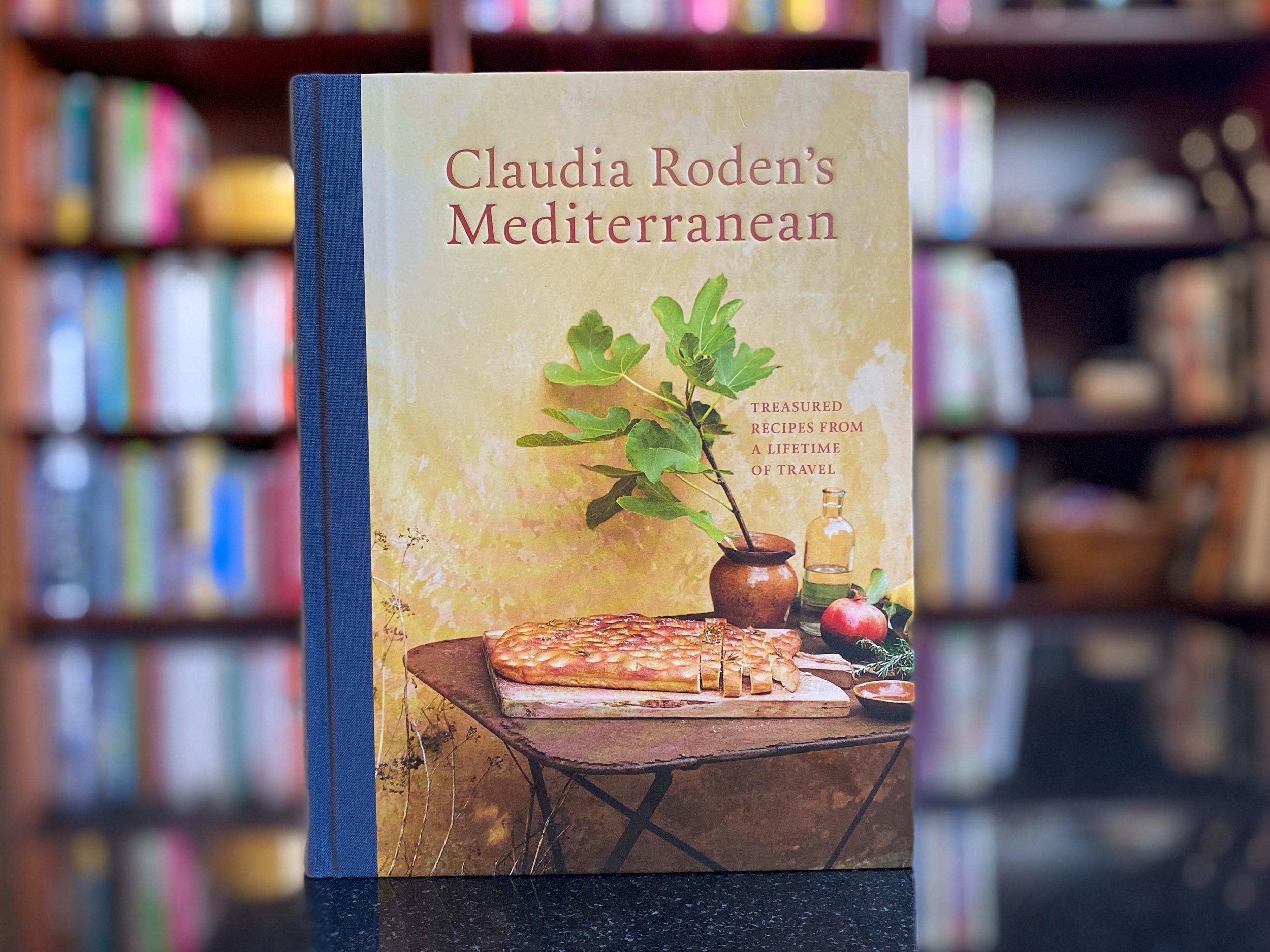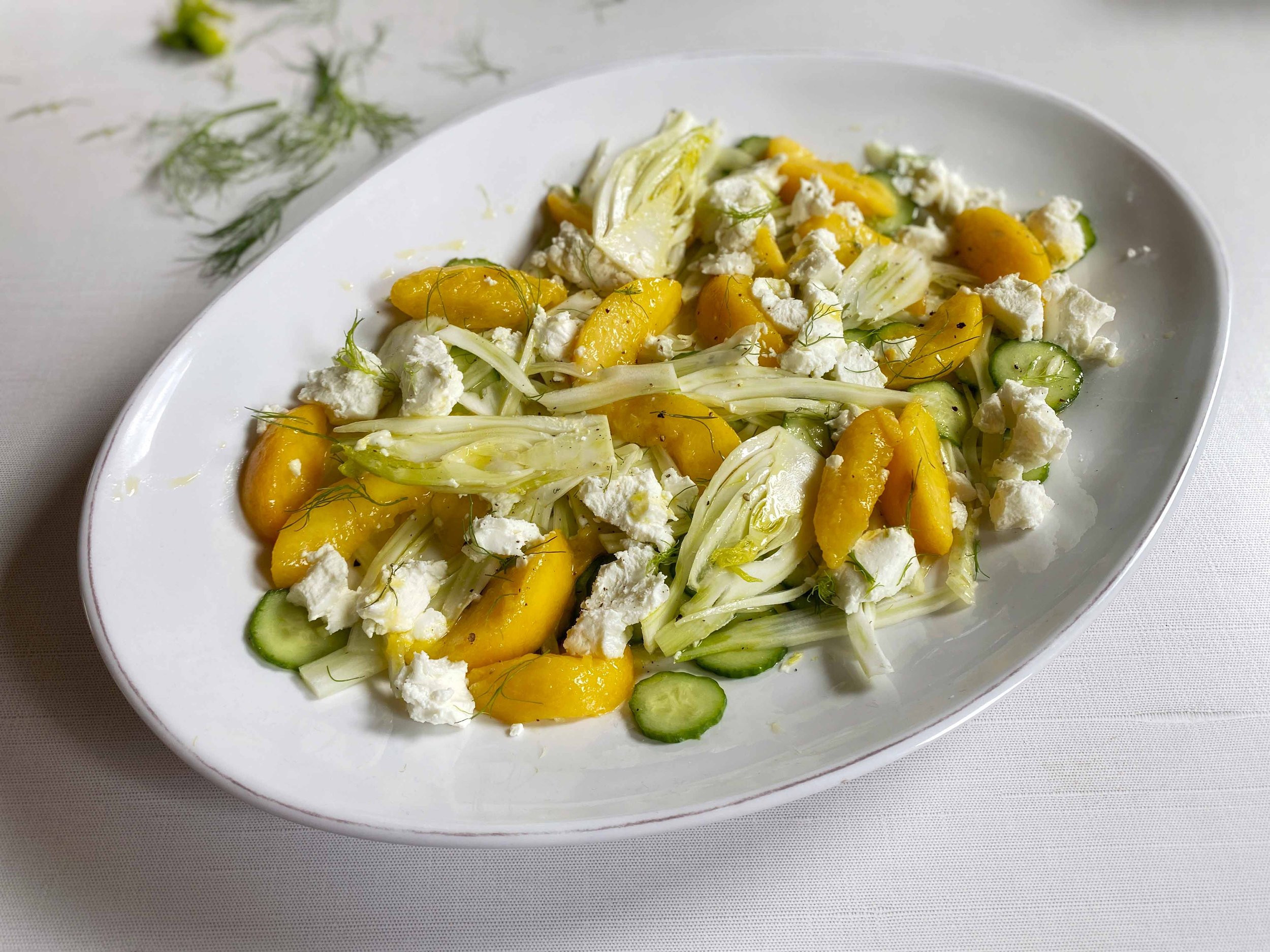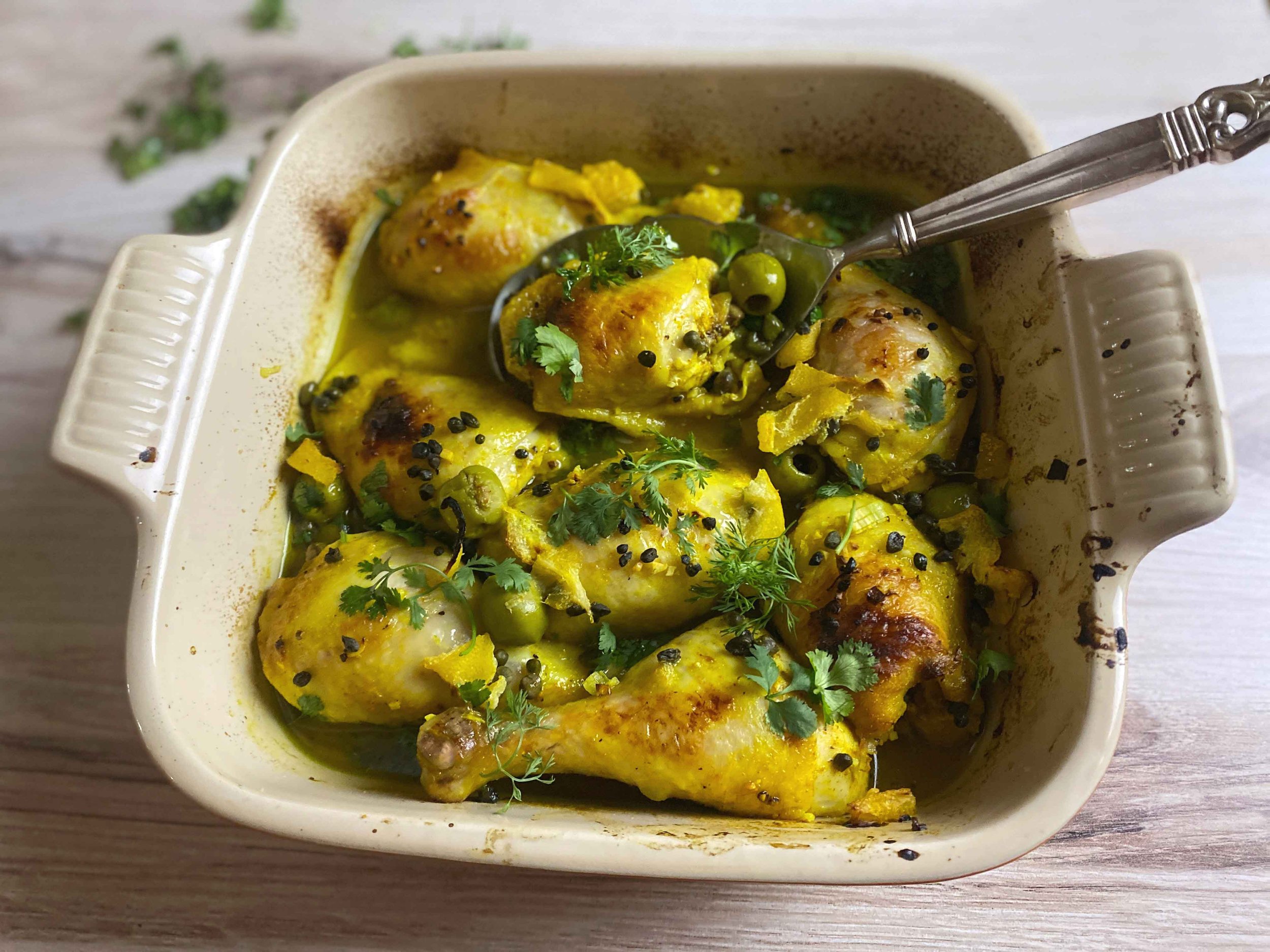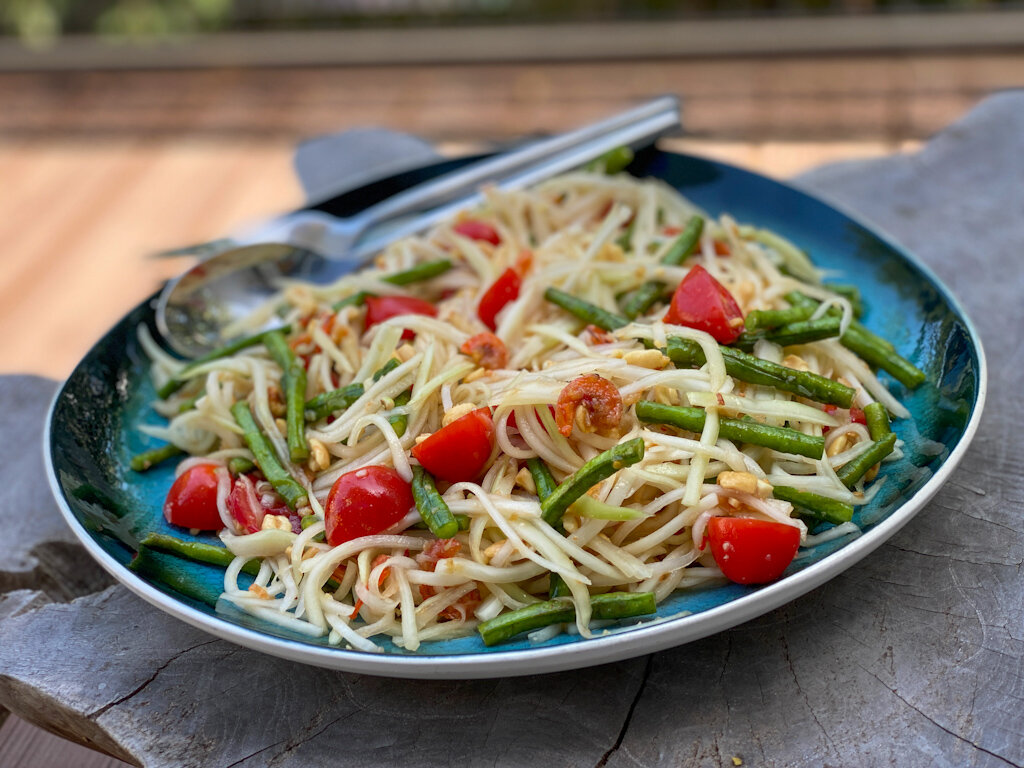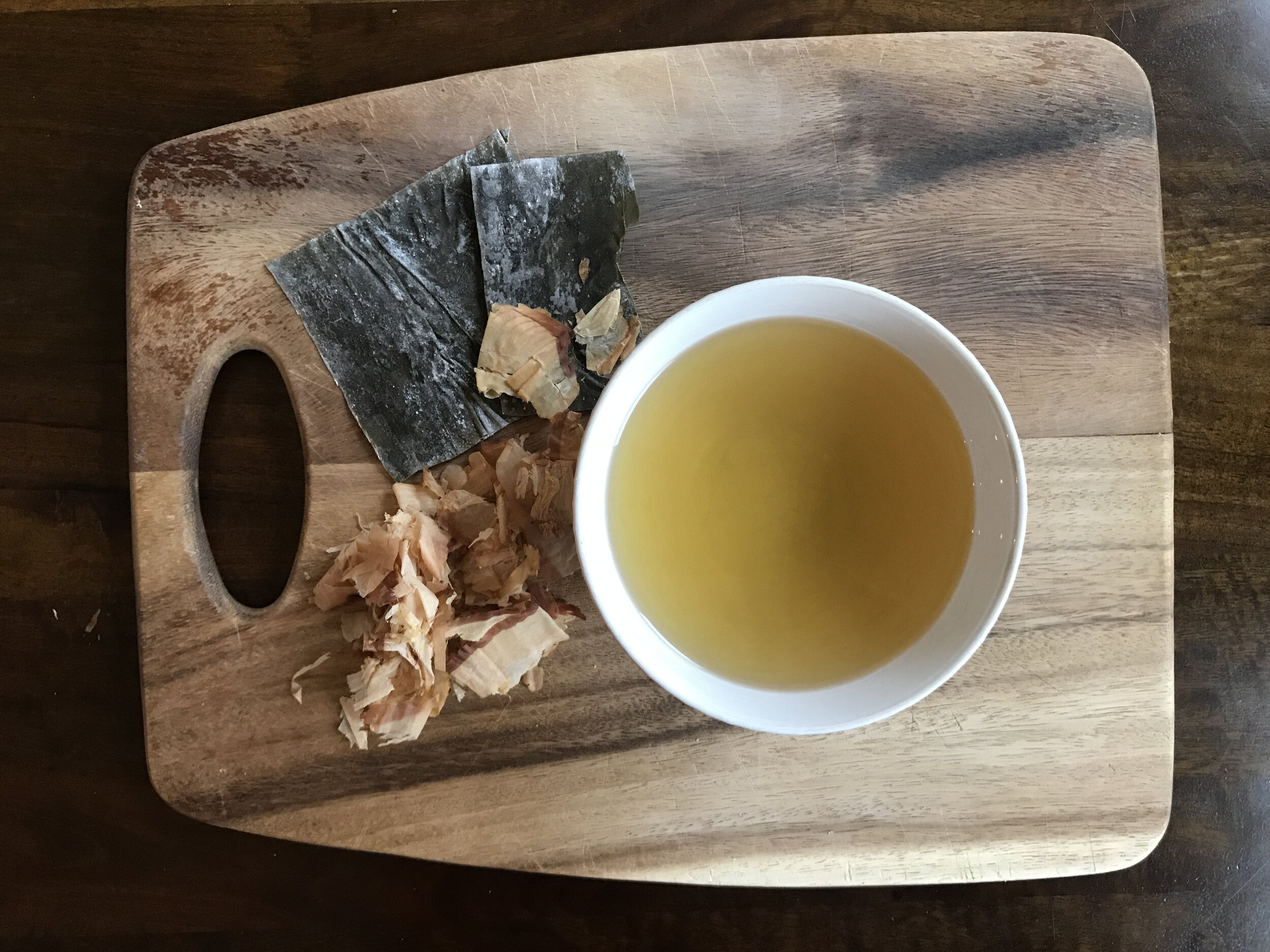By Leslie Brenner
It’s easy. It’s not messy or cumbersome. Besides the bird, only salt is required. Once it’s in the oven, no need to baste. It produces the most perfect, succulent meat and gorgeous, crisp, brown skin. So unless you are one of those brave folks who likes to fry their turkey, why wouldn’t you dry-brine the big bird?
The method — which basically involves rubbing salt all over the turkey and letting it sit for three days — lets time and the salt do all the work for you. It’s a lot less messy and cumbersome than wet-brining, and doesn’t require finding a vessel large enough to submerge a turkey, nor finding a place in the fridge large enough to store that. (A turkey sealed airlessly in a zipper bag takes a lot less space.)
The one important point we are stressing this year is weighing your bird. Last year, we purchased a turkey that was two pounds lighter than labeled. If we hadn’t been paying attention, that could easily have led to an overcooked bird and not enough food — not to mention not getting what we paid for.
When I was growing up, my mom always had — handwritten and taped to the fridge — a turkey roasting timetable, for easy game-day reference. Following the link to the recipes is a timetable for your own easy reference.
The main takeaway: You’ll need to salt the turkey Monday morning, so get your hands on it right way.
Dry-Brined Turkey Timetable
The weekend before Thanksgiving
• Clean out the fridge to make space for the coming week of cooking. It’s a good thing to do pre-holidays in any case.
• Purchase your bird, so you’ll have it ready to salt on Monday morning. Be sure to weigh it once you’re home.
Monday
• If your turkey weighs more than 8 pounds (which most turkeys do), salt it this morning.
Tuesday
• If your turkey weighs 8 pounds of less, salt it this morning.
• If you salted yesterday, turn the bird over.
Wednesday
• Turn the bird over.
Thursday
• Morning: About 6 hours before you plan to roast, remove the turkey from the zipper bag and place it breast-up on a platter or sheet pan in the fridge to air-dry. Blot with a paper towel, if the bird has any visible moisture on the skin (it probably won’t).
• One to 1 1/2 hours before you want to roast, remove the turkey from the fridge and let it starting coming to room temperature.
• 15 minutes before roasting (or however long it takes your oven to heat), heat the oven to 425 F / 218 C. If you’re going to tie the turkey’s legs together, do that now.
• Turkey in — breast-side down on a rack in a roasting pan. The total roasting time for a 12-pound bird will probably be about 2 hours 45 minutes, but could be a lot faster, depending on your oven.
• 30 minutes after it’s in: Remove the pan and use oven mitts to turn the turkey breast-side up. Reduce the oven heat to 325 F / 163 C.
• 1 1/2 hours after flipping: Use an inatant-read thermometer to test the temperature at the thickest part of the thigh meat. If it’s getting close to 165 F / 74 C, you’ll want to check doneness frequently from this point on. (Note: If your bird is smaller than 12 pounds, start checking about 1 hour after flipping.)
• 45 minutes after first temperature check: Your 12-pound should be done, or close to it — pull it out, or keep checking every few minutes. (An 8-pound bird will done much more quickly.) Place on a carving board in a warm place (tented loosely with foil, if you like) to rest.
• 30 minutes after it comes out of the oven, carve and serve!

